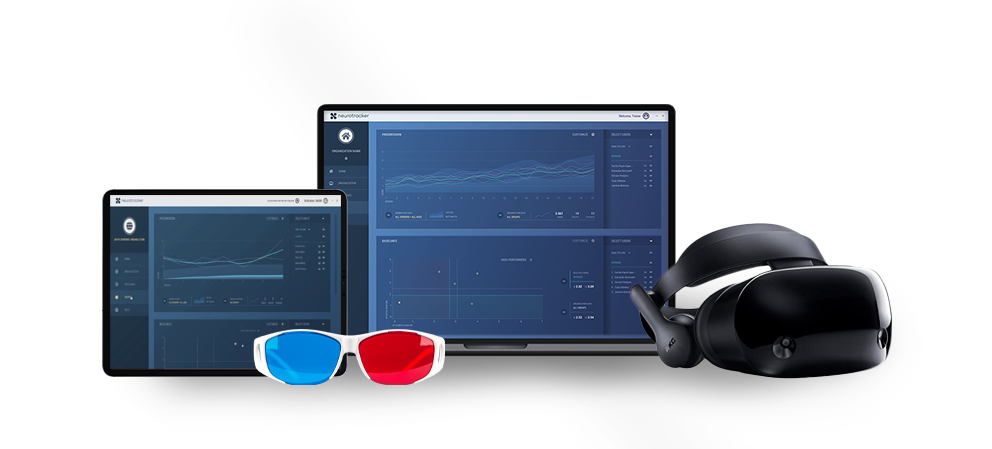

The NeuroTracker measures (3D-MOT) were very good predictors of driving outcomes in our subjects. First order measures were not correlated with the driving outcomes. Second order motion thresholds were correlated with mean speed and brake release speed only. The data show that the NeuroTracker measures were significantly correlated with all these metrics. The perceptual-cognitive results were correlated with a series of metrics obtained from the car simulator data, most notably, number of crashes, number of near crashes, mean speed and speed of vehicle during gas pedal release when confronted with simulated events. In the second visit the subjects were tested on 3 different car scenarios representing rural, urban and AutoRoute driving environments each of which had a number of critical events used to challenge the driver. Finally they were given a brief adaptation to the car simulator while driving in urban and AutoRoute scenarios.

They were also tested for static (orientation thresholds) and moving (left-right) grating stimuli defined either by luminance (first-order) or texture (second-order) contrast. They were assessed using questionnaires for cognitive abilities (Mini-Mental State Examination), for cybersickness (SAS), and driving behaviour. In the first visit the participants were given an optometric exam, which included acuities (ETDRS), visual fields (HVF) and stereoscopy (Frisby, Randot). We tested 115 individuals between 18 to 86 years of age (51 subjects above 70 years of age). The purpose of the present study was to assess the relationship between initial measures of a 3D-MOT task (NeuroTracker TM) and measures for static and motion grating stimuli defined by luminance or texture contrast with driving metrics obtained with a car simulator in older adults. Further, the level of ability for processing a “multiple object tracking” (MOT) task has been linked with performance outcomes during dynamic scene processing such as in sports (Faubert & Sidebottom, 2012 Faubert, 2013 Mangine et al., 2015) but has yet to clearly associated with driving in older adults. Driving is both a highly visual and complex task that places high demands on perceptual, cognitive, and motor processes (Owsley, 2010). There are a number of perceptual and cognitive ability changes that accompany the aging process (Faubert, 2002 Salthouse et al., 1995).


 0 kommentar(er)
0 kommentar(er)
